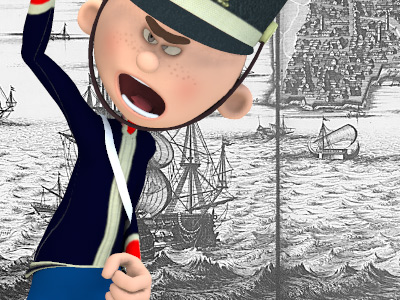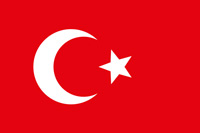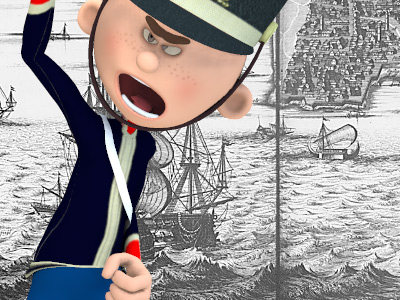Ottoman–Venetian War (1714–1718)

Austrian Intervention and Conclusion of the War
In the summer of 1715, the pasha of Bosnia marched against the Venetian possessions in Dalmatia, with an army that reputedly numbered 40,000 men. The Ottomans were defeated in a siege of Sinj, but the Ottoman threat to Dalmatia played a role in Austria's decision to intervene.
With Pope Clement XI providing financial support and France guaranteeing Austrian possessions in Italy, Austria The Archduchy of Austria was a major principality of the Holy Roman Empire and the nucleus of the Habsburg monarchy. With its capital at Vienna, the archduchy was centered at the Empire's southeastern periphery. The archduchy's history as an imperial state ended with the dissolution of the Holy Roman Empire in 1806. It was replaced with the Lower and Upper Austria crown lands of the Austrian Empire. felt ready to intervene. On 13 April 1716, Emperor Charles VI renewed his alliance with Venice, whereupon the Ottomans
The Archduchy of Austria was a major principality of the Holy Roman Empire and the nucleus of the Habsburg monarchy. With its capital at Vienna, the archduchy was centered at the Empire's southeastern periphery. The archduchy's history as an imperial state ended with the dissolution of the Holy Roman Empire in 1806. It was replaced with the Lower and Upper Austria crown lands of the Austrian Empire. felt ready to intervene. On 13 April 1716, Emperor Charles VI renewed his alliance with Venice, whereupon the Ottomans The Ottoman Empire, also known as the Turkish Empire, was an empire that controlled much of Southeast Europe, Western Asia, and Northern Africa between the 14th and early 20th centuries. The Ottomans ended the Byzantine Empire with the conquest of Constantinople in 1453. The Ottoman Empire's defeat and the occupation of part of its territory by the Allied Powers in the aftermath of World War I resulted in its partitioning and the loss of its Middle Eastern territories. declared war on Austria. The Austrian threat forced the Ottomans to direct their forces away from the remaining Venetian possessions, but the Serenissima was too weak to mount any large-scale counter-offensive. Only its navy resumed a more aggressive stance, with naval actions between the Venetian and Ottoman fleets taking place in the Aegean Sea, such as the Battle of Imbros and the Battle of Matapan a month later, but these were generally indecisive and did not affect the outcome of the war. The only permanent Venetian success was the capture of the fortresses of Preveza and Arta in 1717. With the Austrian victories at the Battle of Petrovaradin and the Siege of Belgrade, however, the Ottomans were forced to sign the Treaty of Passarowitz.
The Ottoman Empire, also known as the Turkish Empire, was an empire that controlled much of Southeast Europe, Western Asia, and Northern Africa between the 14th and early 20th centuries. The Ottomans ended the Byzantine Empire with the conquest of Constantinople in 1453. The Ottoman Empire's defeat and the occupation of part of its territory by the Allied Powers in the aftermath of World War I resulted in its partitioning and the loss of its Middle Eastern territories. declared war on Austria. The Austrian threat forced the Ottomans to direct their forces away from the remaining Venetian possessions, but the Serenissima was too weak to mount any large-scale counter-offensive. Only its navy resumed a more aggressive stance, with naval actions between the Venetian and Ottoman fleets taking place in the Aegean Sea, such as the Battle of Imbros and the Battle of Matapan a month later, but these were generally indecisive and did not affect the outcome of the war. The only permanent Venetian success was the capture of the fortresses of Preveza and Arta in 1717. With the Austrian victories at the Battle of Petrovaradin and the Siege of Belgrade, however, the Ottomans were forced to sign the Treaty of Passarowitz.
Although the Ottomans lost significant territories to Austria, they maintained their conquests against Venice in the Peloponnese and Crete, with the exception of Preveza (fell in 1717 to Venetians) and a few forts in Herzegovina (Imotski was taken in 1717).
HISTORY

RESOURCES
This article uses material from the Wikipedia article "Ottoman–Venetian War (1714–1718)", which is released under the Creative Commons Attribution-Share-Alike License 3.0.
© Stories Preschool. All Rights Reserved.









